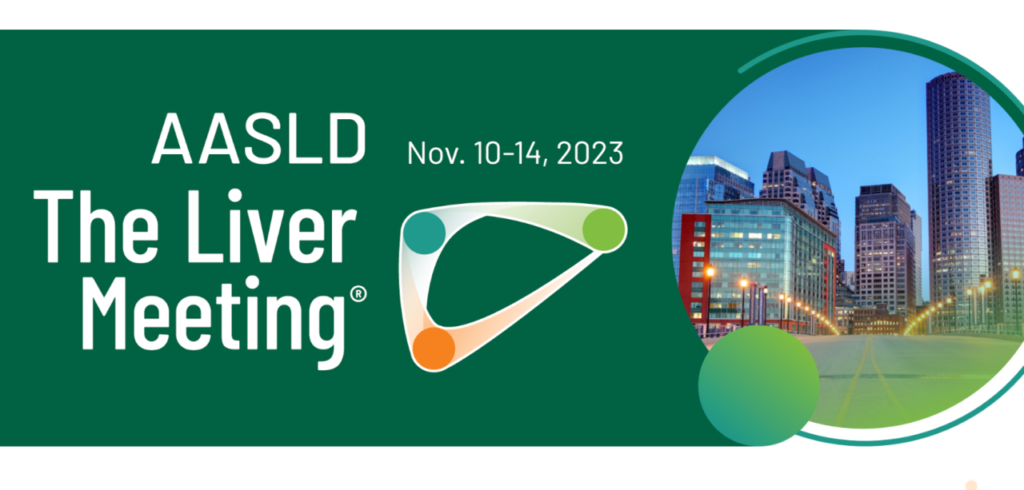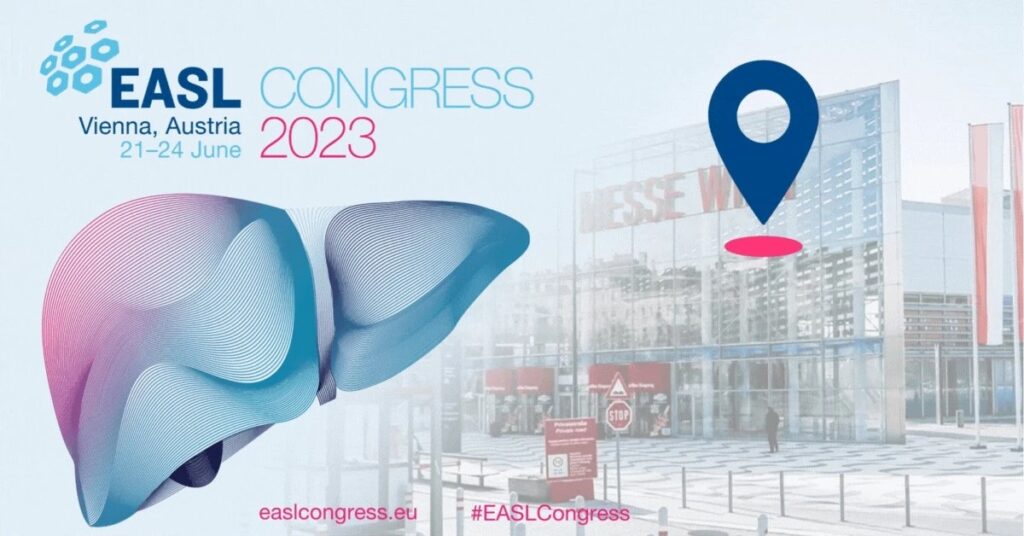Non-alcoholic fatty liver disease (NAFLD) is becoming the most common chronic liver disease, often coexisting with various metabolic risk factors, which are significantly associated with the risk of various tumors. Dr.Jinshui Pan and ProfessoDr. Shang Weng from the Liver Disease Center of Fujian Medical University Affiliated First Hospital, along with Dr. Meizhu Hong from Mengchao Hepatobiliary Hospital, conducted an analysis and assessment of the global burden of metabolic-related tumors from 1990 to 2019 based on the Global Burden of Disease (GBD) database for 2019. The research paper was published in the journal Med, under Cell Press, with an impact factor of 17 in 2023. Additionally, these findings were selected for presentation at the 58th Annual Meeting of the European Association for the Study of the Liver (EASL 2023) and the EASL Congress 2023.




